#dithmarschen
Explore tagged Tumblr posts
Photo
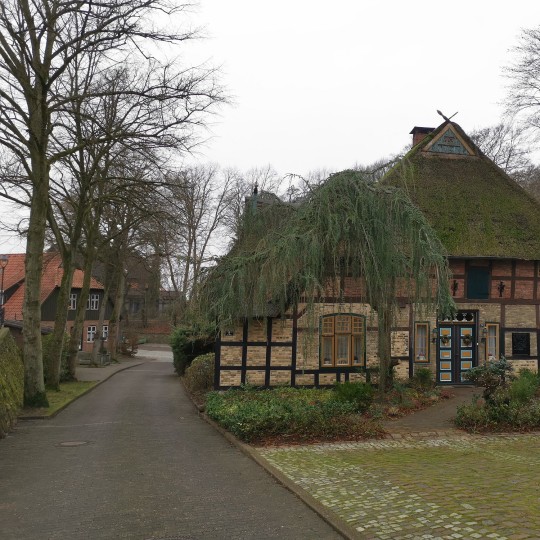
Interview: Dithmarschen Republic
Located in what is the present-day German province of Schleswig-Holstein, the Dithmarschen Republic (1227-1559) was a republic by commoners who developed quasi-democratic institutions, including their own written constitution. Fiercely independent and freedom-loving, these peasants successfully defended their political independence against the forces of Holstein and the Scandinavian Kalmar Union as the Middle Ages came to a close.
House in Burg, Dithmarschen
Z thomas (CC BY-SA)
James Blake Wiener speaks to Dr. William L. Urban, a medievalist and the author of Dithmarschen: A Medieval Peasant Republic, to learn more about the Dithmarschers in this interview.
JBW: Dr. William L. Urban, many thanks for speaking with me. As your main research interest is that of the Teutonic Knights and the Northern Crusades, I am curious to know how you first became interested in the history of the Dithmarschers. What was it that led you to Dithmarschen?
WLU: In a very real sense, this book began at the University of Hamburg in 1964-1965 when I met a retired school teacher named Maria Krüger. Of Dithmarscher extraction, she often entertained my wife and me for tea, with cookies and tales of her native land. At her suggestion, I later read some of the local color novelists in the library of the University of Kansas. Thereafter, I went to the works of serious historians where I discovered that the novelists’ descriptions of Dithmarschen and its people were not exaggerations.
I was lucky enough to be able to travel to the countries north of the Elbe. After cycling across Germany three times, I lived in Hamburg and the neighboring town of Ahrensburg for almost a year. This gave me the confidence I needed to write a very rough draft of this manuscript before turning to the revision and completion of my dissertation, which appeared in 1975 as The Baltic Crusade. In the same year, I received a Fulbright-Hayes research grant for supplementary studies at the Johann Gottfried Herder Institute and the Philipps University in Marburg/Lahn. The opportunity arose for me to visit Dithmarschen twice that summer and again in 1976. In 1976-77, the University of Chicago awarded me a part-time faculty research grant in its main library, the Regenstein Library, to further develop my manuscript in discussion with Prof. Karl Morrison.
In the fall of 1982, Monmouth College provided me with a student assistant, Janet Fox, who typed the manuscript into the computer for editing. In the summer and fall of 1983, I was back in Marburg/Lahn with the help of a scholarship from the German Academic Exchange Service and a sabbatical from Monmouth College. At that time, Professor Walther Lammers was kind enough to read the manuscript and discuss it with me at his home. I really appreciated his support and friendship. In January 1988, with the help of my wife and a new student typist, Kris Wang, I began a two-year editing process. Hardly a sentence remained unchanged. Eventually, after being tutored to use PageMaker by Daryl Carr and Marta Tucker, I prepared the manuscript for publication during my spring semester sabbatical. In June 1990, my wife and I took a car tour of Dithmarschen to visit places I had previously missed. In the fall of 1990, Monmouth College provided another small grant to cover the cost of preparing the manuscript for publication, and Erik Midelfort (with whom I had discussed the Dithmarscher project on several occasions in the past) responded to my request for a final reading with several helpful comments on the text.
JBW: It is true that there was a notable absence of feudalism and serfdom in nearby Frisia during the Middle Ages. Were the political traditions in Dithmarschen similar to what many historians would term as 'Frisian freedoms'? If so, how 'free' were the Dithmarschers?
WLU: There were many similarities, but the Dithmarschers had a more strongly developed clan system. This communal spirit made it possible to build dikes and canals, to develop a legal system capable of dealing with crime, land disputes, and inheritances; it also made it easier to raise a fighting force of men who could stand up to feudal cavalry and neighboring militias.
16-century Map of Dithmarshen
Abraham Ortelius (Public Domain)
This evolved over time so that local communities (Kirchspiele) became more important, and then the more prosperous farmers became a quasi-aristocracy that dominated the 48 representatives of the final government.
JBW: Many of the characteristics of Dithmarschen – the presence of clannish families, a militia, and a fiercely independent populace – strike me as similar to other medieval peasant republics, like that of the Old Swiss Confederation or the Icelandic Commonwealth. Are such comparisons worthwhile or even valid?
WLU: In my book, I tried to analyze why most peasant republics failed. The Swiss survived because they had geography and poverty on their side. That is, the mountain cantons were difficult to attack and hardly worth the effort, while the other members of the Swiss Confederation managed to negotiate the complex political and military challenges by raising a well-drilled military force large enough to defeat the regional powers, then providing mercenaries to more powerful neighbors who became allies.
What Dithmarschen lacked was numbers, and both the Dithmarschers and the Hanseatic League failed to see the advantages of allying against their common enemies as the Swiss had done.
JBW: Relations between Dithmarschen and the medieval Hanseatic towns, like Lübeck, were close. Was this so that they could protect their common interests in commerce while maintaining a degree of political independence?
WLU: Yes, but their common interests were limited. There were Dithmarscher fishermen, just as there were in Lübeck, Hamburg, and Bremen, but no international network of trading partners for selling their catch. There were also too many tensions, especially Dithmarschen traditions that bordered on freebooting (and sometimes crossed over it)! Dithmarschers defended their citizens even when they were in the wrong, which was not always the case with the Hansa.
JBW: John I of Denmark (r. 1481-1513) and his brother, Duke Frederick of Holstein, attempted to subdue the peasantry of Dithmarschen in the 1490s. At the Battle of Hemmingstedt in 1500, Danes and Holsteiners were soundly defeated by the Dithmarscher peasants. What ensured their victory of what was seemingly a more powerful and better organized military force?
WLU: First, the invaders did not have the money to pay their mercenaries and allies for a long war, so they needed a quick victory.
Second, dumb luck. The king sent his army north from Meldorf toward Heide along a narrow road on a dike, expecting that the good weather would last. Instead, a winter storm blew into the invaders’ faces, making it difficult to see until they finally blundered into fortifications the Dithmarschers had hurriedly thrown up across the road. When they trained their artillery on the redoubt, the wind, snow, and rain doused the wicks and ruined the power.
Battle of Hemmingstedt
Max Friedrich Koch (Public Domain)
Lastly, Dithmarscher fighting skills were more appropriate to this battlefield – they opened the dikes, waded barefoot and half-naked through the freezing water to get at the foe, and then pursued the panicked enemy relentlessly.
JBW: What became of the Dithmarschers following the Protestant Reformation? Moreover, how did they ultimately lose their cherished freedoms?
WLU: The Dithmarschers were very pious, but because they had always been suspicious of clergymen, they had limited their authority. Since they had long managed their local religious affairs themselves and used the churches for schools and political assemblies, they found the change to Protestantism easy, which is quite something.
JBW: Are there any unique characteristics of the medieval Dithmarschen Republic that merit further consideration and study? If so, what are they?
WLU: First, we should not think of every European society as an inferior reflection of England and France, but of each possessing characteristics that are still important today. Second, these characteristics can be good or bad, or both at the same time. People are complicated. Third, not everyone can be moved by what they see in others.
Dithmarschers admire Britons; Americans are liable to see in the Dithmarschers what they once were, and everyone can remember that freedom is not free but must be earned and defended by patriot blood.
JBW: Finally, if there is one thing that we ought to remember about the Dithmarschen Republic, what is it in your opinion?
WLU: Someone inscribed a motto on the organ in Hemme, Germany: "Dithmarsia libera fuit." The implication was that it could be again, and today it has become so again.
JBW: Dr. William Urban, many thanks for lending your time and expertise!
Professor William L. Urban was educated at Baylor University, the University of Texas at Austin, and the Universität Hamburg. He received a Ph.D. 1967 at the University of Texas, taught at the University of Kansas and Monmouth College, Monmouth, Illinois, at Knox College, Fort Hays Kansas State College, the Estonian Institute for the Humanities, and the Eastern Michigan University Cultural History Tour in Europe. He was Director of the Arts of Florence, then the Yugoslav and Czech programs of Associated Colleges of the Midwest. He received a senior Fulbright grant for research at the Herder Institut in Marburg/Lahn, Germany; several DAAD grants, NEH grants for summer study, and a United States Military Academy Military History Workshop. He is a corresponding member of the Historische Kommission für ost- und westpreußische Landesforschung and the Baltische Historische Kommission. He has published The Baltic Crusade, The Prussian Crusade, The Livonian Crusade, The Samogitian Crusade, Tannenberg and After, Lithuania, Poland, and the Teutonic Order in Search of Immortality, The Teutonic Knights: a military history, Medieval Mercenaries, Bayonets for Hire: the Business of War, 1550-1763, Matchlocks to Flintlock, Mercenaries in Europe and Beyond, 1500-1700, Bayonets and Scimitars, Arms, Armies and Mercenaries, 1700-1789, and Small Wars, and their influence on the Nation State. With Jerry Smith, he translated The Livonian Rhymed Chronicle, The Chronicle of Balthasar Russow, and Johannes Renner's Chronicle.
Continue reading...
30 notes
·
View notes
Text


Meldorfer Speicherkoog | Reservoir, polder nearby Meldorf
3 notes
·
View notes
Text
🦭 Deutschlands lautester Küstenbewohner? Kein Rockstar, sondern: die Kegelrobbe! Größer, runder, kegeliger – und lautstark wie ein Hafenchor! Jetzt im Blog: Warum Seehunde keine Hunde sind, Heuler nicht heulen – und was Fisch damit zu tun hat. #Friedrichskoog 😎🐟👉
0 notes
Photo

Entretien: la République de Dithmarse
Située dans l'actuelle province allemande du Schleswig-Holstein, la République de Dithmarse (1227-1559) était une république de roturiers qui mirent en place des institutions quasi-démocratiques, y compris leur propre constitution écrite. Farouchement indépendants et épris de liberté, ces paysans défendirent avec succès leur indépendance politique face aux forces du Holstein et de l'Union scandinave de Kalmar à la fin du Moyen Âge.
Lire la suite...
0 notes
Text
Die Dithmarsischen Lügenmärchen

Die Dithmarsischen Lügenmärchen · Brüder Grimm · Deutschland
Ich will euch etwas erzählen. Ich sah zwei gebratene Hühner fliegen, die flogen sehr schnell und hatten die Bäuche gegen den Himmel gekehrt und die Rücken nach der Hölle. Ein Amboss und ein Mühlstein schwammen über den Rhein, fein langsam und leise, und ein Frosch saß und fraß eine Pflugschar zu Pfingsten auf dem Eis. Da waren drei Kerle, die wollten einen Hasen fangen, gingen auf Krücken und Stelzen, der eine war taub, der zweite blind, der dritte stumm und der vierte konnte keinen Fuß rühren. Wollt ihr wissen, wie das geschah? Der Blinde, der sah zuerst den Hasen übers Feld traben, der Stumme rief dem Lahmen zu, und der Lahme fasste ihn beim Kragen. Etliche, die wollten zu Land segeln und spannten die Segel in den Wind und schifften über die großen Äcker dahin: da segelten sie über einen hohen Berg und mussten elendig ersaufen. Ein Krebs jagte einen Hasen in die Flucht, und hoch auf dem Dach lag eine Kuh, die war da hinaufgestiegen. In einem fernen Land sind die Fliegen so groß wie hier bei uns die Ziegen. Jetzt macht aber schnell das Fenster auf, damit die Lügen hinausfliegen können! Die Dithmarsischen Lügenmärchen · Brüder Grimm · Deutschland Read the full article
0 notes
Text

https://www.medyumyunus.com Sitemdeki whatsapp tan çekinmeden 7/24 ulaş
Sitemdeki whatsapp tan çekinmeden 7/24 ulaş ⚡ Uzaktan Büyü Bozma Bağlama Aşık Etme Gideni Geri Getirme ⚡Soğutma Büyüsü Ve Ritüelleri ⚡Aşık Etme Büyüsü Ve Ritüelleri ⚡ Zararsız B üyüsüz Çok Etkili Gideni Geri Getirme Ritüelleri Ve Büyüleri ⚡Boşanma Büyüsü Ve Ritüelleri ⚡ Zenginlik Büyüsü Ve Ritüelleri ⚡ Bağlama Büyüsü Ve Ritüelleri ⚡ Uzaklaştırma Büyüsü Ve Ritüelleri ⚡ Miras Alma İkna Etme Büyüsü Ve Ritüelleri
#Dingolfing-Landau#Dithmarschen#Donau-Ries#Donnersbergkreis#Düren#Ebersberg#Eichsfeld#Eichstätt#Elbe-Elster#Emmendingen#Emsland#Ennepe-Ruhr-Kreis#Enzkreis#Erding#Erzgebirgskreis#Esslingen#Euskirchen#Forchheim#Freising#Freudenstadt#Friesland
0 notes
Text
Der Schnee und die Angst
Der Schnee und die Angst von Klaus Hansen Dithmarschen, 1978. Henny Butenschön ist Kuratorin und auf der Suche nach einem verschwundenen Gemälde von Pieter Brueghel dem Jüngeren. Auf einer Angebotsseite einer Ferienpension meint sie, das Bild zu erkennen. Kurzerhand mietet sie sich für einige Tage über Silvester dort ein und fährt nach Dithmarschen. Bereits am ersten Tag fängt es an zu schneien.…
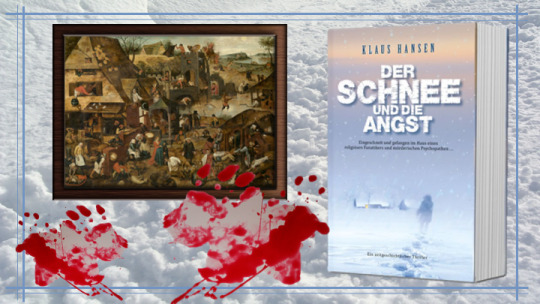
View On WordPress
0 notes
Text
Brand eines Siloturmes in Wesselburen - Evakuierungen umliegender Straßen
Wesselburen – Aufgrund der Instabilität des in Brand geratenen Silos bricht die Feuerwehr die Löscharbeiten ab. Mit dem Einsturz des Objektes ist zu rechnen. Aus diesem Grund ist nach derzeitigen Erkenntnissen die Evakuierung der Bevölkerung aus den folgenden Straßen erforderlich: Heider Chaussee Heidstieg Gorch-Fock-Straße Theodor-Storm-Weg Klaus-Groth-Straße. Gleichzeitig erfolgen…

View On WordPress
0 notes
Text
youtube
0 notes
Text
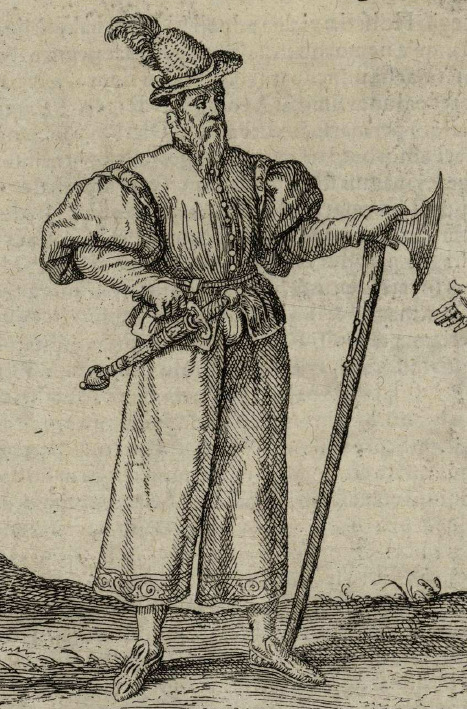
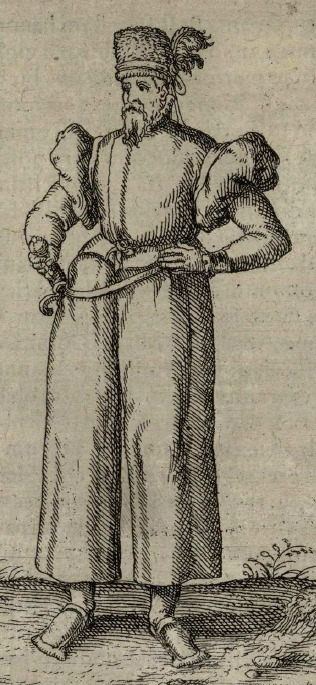

Soldier and civilians from Dithmarschen, 1590s Clothing in the 16th century was not only influenced by fashion and personal taste - often times, it also had to be practical. Many men from coastal regions all over Europe wore wide breeches that could easily be rolled up if the ground was too wet or muddy. That obviously didn´t mean that these breeches weren´t supposed to be fashionable - as these men from the Dithmarschen region (try to) prove. Depictions from: "Urbium Praecipuarum Mundi Theatrum Quintum" by Georg Braun, approx. 1596(?)
#historical fashion#historical costuming#fashion history#renaissance#renaissance fashion#history#16th century#16th century fashion
35 notes
·
View notes
Text
briefly explaining what dithmarschen is to my mother after i forgot that most people aren't aware of early modern german peasant republics
16 notes
·
View notes
Text
started a new ck3 campaign last night. pagan saxons. specifically started as the "lord" of dithmarschen (roleplaying as a kind of peasant republic). prevented the saxon wars. my mid-term goal is to liberate (conquer) frisia from the franks (want to kinda roleplay creating a hanseatic league analog), but they are still the dominant empire and dwarf us so it will have to wait. in the meantime i am building up my strength by expand eastward, ethnically cleansing the slavs along the way.
somehow i got tangled up in some scandinavian wars and ended up conquering a good chunk of sweden. so i guess i've decided to add a new goal of conquering all of scandinavia. imagine that. a saxon scandinavia. it seems kind of natural though since they (the norse) are the only other germanic pagans on the map right now. may as well unite as a single germanic pagan empire, right?
and on top of that i figured i may as well invade england too. recreate some kind of north sea empire but including saxony too. purify the island of christianity and reunite with our anglo-saxon kin.
#after frisia i want to take northern france#and of course england#to eventually recreate the saxon shore#and ultimately i want to re-germanize and re-paganize all of france
2 notes
·
View notes
Text
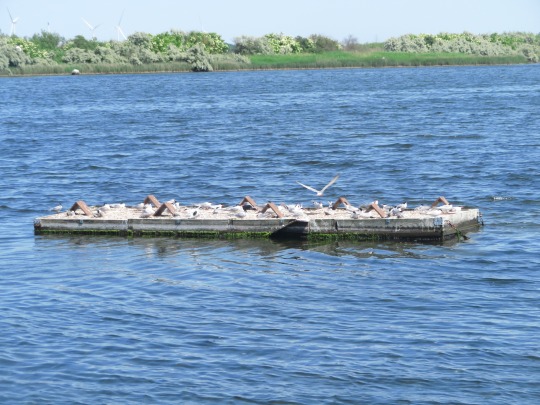
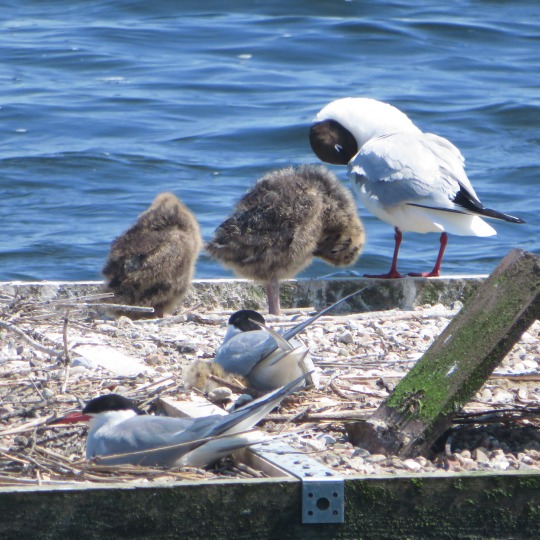

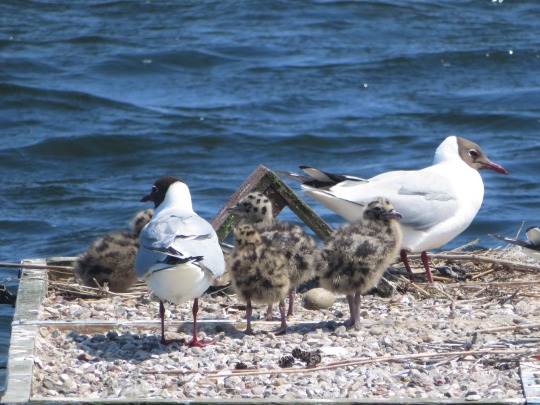

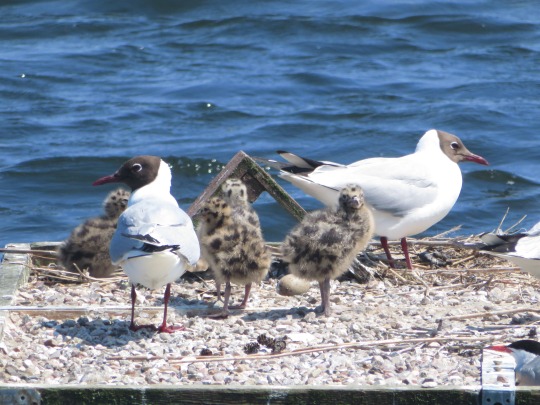

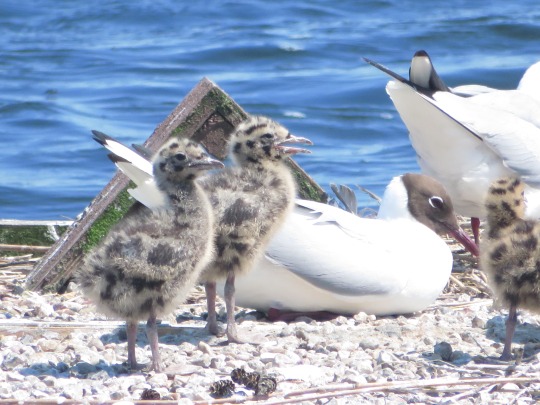
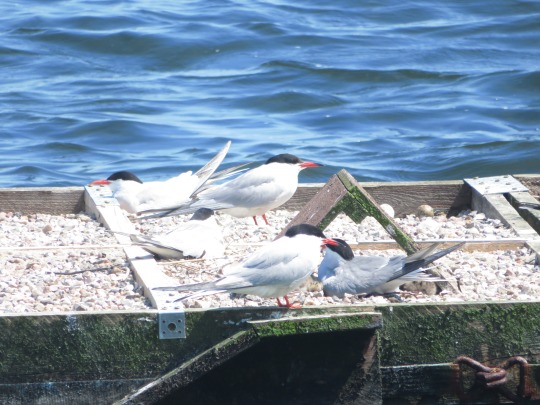

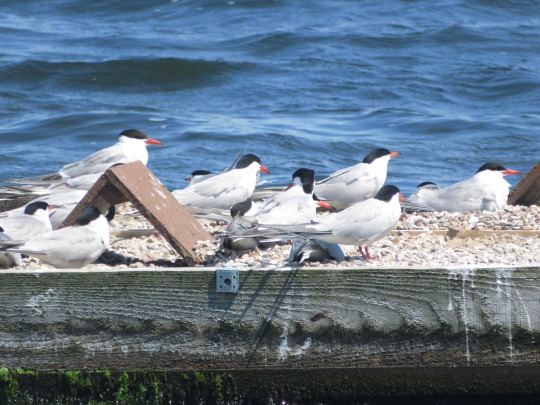
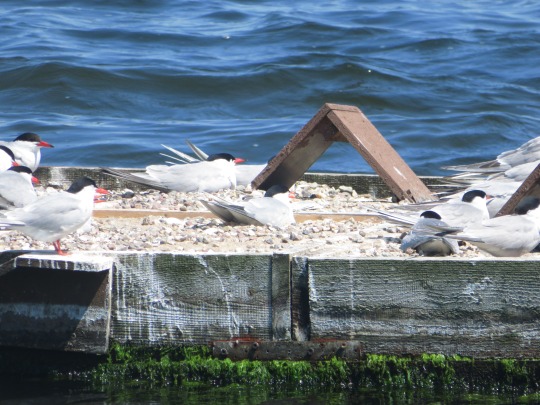
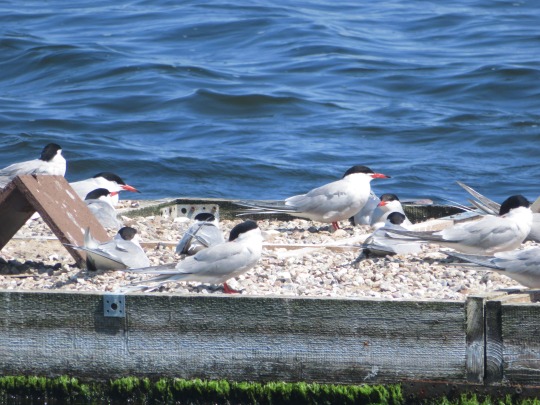
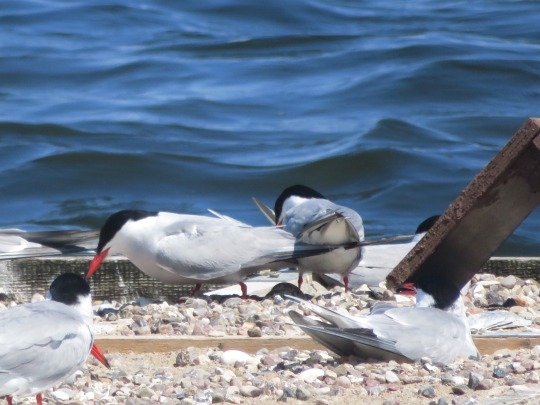
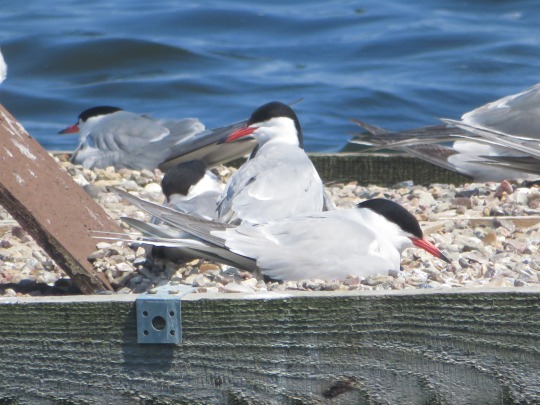
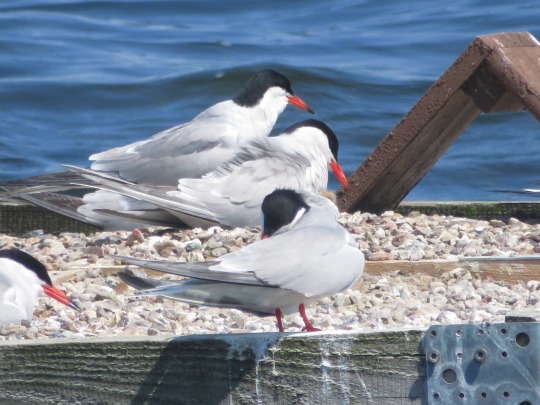


Zwei künstliche "Inseln" als Nisthilfe für Seeschwalben, hier genutzt von Lachmöwen und Flussseeschwalben
Two artificial "islands" as nesting aid for terns, used by black-headed gulls and common terns
Chroicocephalus ridibundus, Sterna hirundo
#Lachmöwe#Blackheadedgull#Chroicocephalusridibundus#Flussseschwalbe#Commontern#Sternahirundo#Möwe#Gull#Seeschwalbe#Tern#Nisthilfe#Nestingaid#MeldorferSpeicherkoog#Meldorf#Dithmarschen
1 note
·
View note
Text
🥬 #Dithmarschen kann mehr als Beilage! Kohlregentin, Kohlosseum, Krautkunst und jede Menge überraschende Fakten: In unserem neuen Beitrag erfahren Sie 10 gute Gründe, warum sich ein Ausflug ins größte Kohlanbaugebiet Europas lohnt – mit vielen Tipps, Fotospots & spannenden Links für Entdeckerinnen
0 notes
Note
Dithschi as in Dithmarschen? 👀👀🥺 Hab deinen Erschaffung Adams Post gesehen und war so "Ditschi? In my tumblr?“
its more likely than you think 🫡
2 notes
·
View notes
Text
Vor 90 Jahren geboren: "Nachrichten-Gentleman" Wilhelm Wieben
25 Jahre war Wilhelm Wieben Sprecher der Tagesschau. Geboren wurde er am 2. Juni 1935 in Hennstedt in Dithmarschen. Er starb 2019.
0 notes